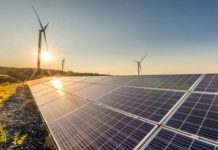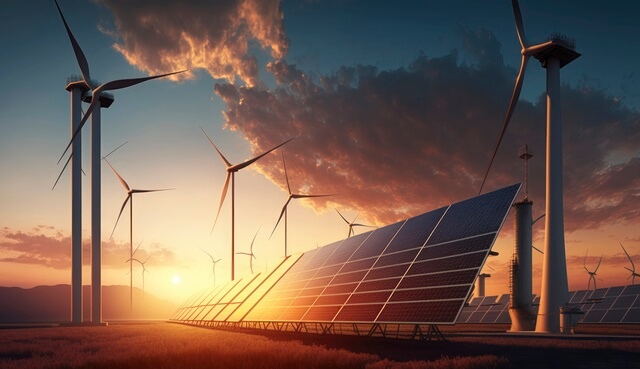India’s renewable energy share is set to rise from 21% in 2024 to 27% by 2027, with solar photovoltaic (PV) leading the charge.
The International Energy Agency (IEA) reports that solar PV will expand by over 28% between 2025 and 2027. This growth marks a significant step in the country’s clean energy transition.
PM-Surya Ghar: Muft Bijli Yojana to Boost Solar Adoption
To accelerate renewable energy adoption, the government launched the PM-Surya Ghar: Muft Bijli Yojana in February 2024.
The initiative aims to install rooftop solar systems generating 300 kWh per month for 10 million households, adding 30 GW of capacity.
The scheme involves a financial outlay of ₹70,000 crore. It offers up to 60% capital subsidies and provides incentives for distribution companies (Discoms) to promote solar adoption.
Simplified Rules for Solar Plant Installations
In 2024, India amended the Electricity (Rights of Consumers) Rules to streamline electricity connections and solar plant installations. Systems up to 10 kW no longer require feasibility studies. If Discoms fail to assess applications within 15 days, the system receives automatic approval. This ensures faster implementation
National Electricity Plan Targets 500 GW Renewable Capacity
The National Electricity Plan (transmission), introduced in October 2024, aims to support the transmission of 500 GW of renewable energy by 2030 and 600 GW by 2032.
The plan includes provisions for 47 GW of battery storage and 31 GW of pumped hydro storage. It also outlines infrastructure development for green hydrogen and ammonia transportation to coastal manufacturing hubs.
Wind Energy Set for Accelerated Growth
Wind energy grew at a compound annual growth rate (CAGR) of 7% from 2018 to 2024, and analysts project it will accelerate to 11% from 2025 to 2027.
To support this growth, the government has allocated ₹7,450 crore to develop one GW of offshore wind capacity along the Gujarat and Tamil Nadu coasts.
Hydropower Development Gains Momentum
Hydropower is also poised for growth, with a projected CAGR of 7% between 2025 and 2027. The Central Electricity Authority (CEA) has identified 21.1 GW of small hydropower potential.
To facilitate development, the government has committed ₹4,140 crore in financial aid and ₹12,460 crore for infrastructure improvements.
Expanding Nuclear Power Capacity
Nuclear power increased by 13% in 2024, and India plans to triple its capacity from 8.2 GW to 22.5 GW by 2032.
The country is advancing Pressurised Heavy Water Reactors (PHWRs) and is developing the Bharat Small Modular Reactor (BSMR) to support localized power generation.
Coal Remains the Dominant Energy Source
Despite rapid renewable energy growth, coal remains the primary energy source, contributing 74% of India’s power mix in 2024.
Although projections indicate this share will decline to 67% by 2027, coal-based power continues to expand. From 2018 to 2024, coal power grew at a 4% CAGR, but analysts expect its growth to slow to 2% between 2025 and 2027.
Gas-Fired Power on the Rise
Gas-fired power is also increasing, with a 6% year-on-year growth in 2024.
The trend is expected to continue, averaging 9% annual growth through 2027. India’s thermal power capacity will rise from 218 GW to 283 GW by 2032, including 80 GW of new coal capacity and 500 GW of non-fossil fuel capacity by 2030.
Rising Electricity Demand Drives Generation
Electricity demand surged by 5.8% in 2024, driven by 7% economic growth and extreme heatwaves. Peak demand hit a record 250 GW in May 2024, surpassing the previous peak of 243 GW in September 2023.
Total electricity generation increased by 15% to 168 terawatt-hours (TWh), largely due to higher cooling needs.
As reported by thehindubusinessline.com, by 2030, India’s peak electricity demand is expected to exceed 400 GW. The country aims to meet 65% of this demand with non-fossil fuel sources. This goal reinforces its commitment to a sustainable energy future.

































